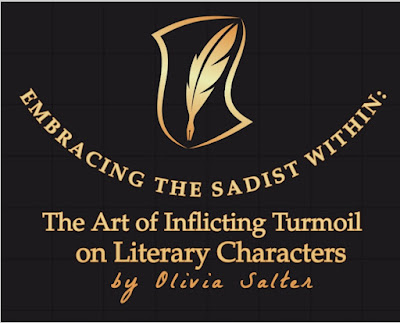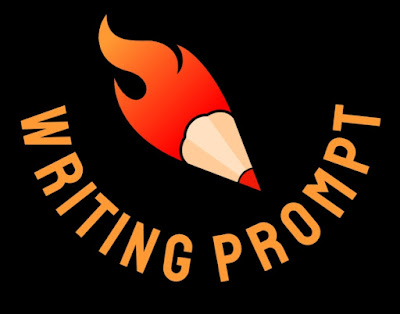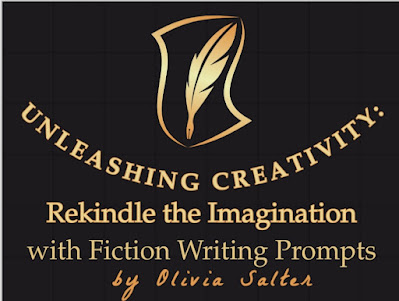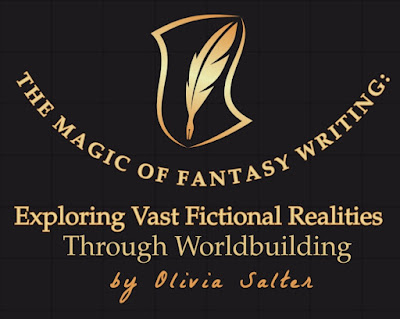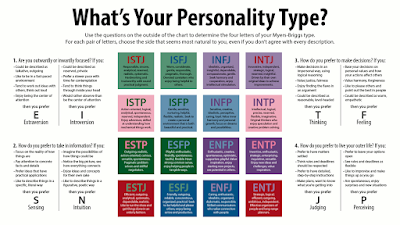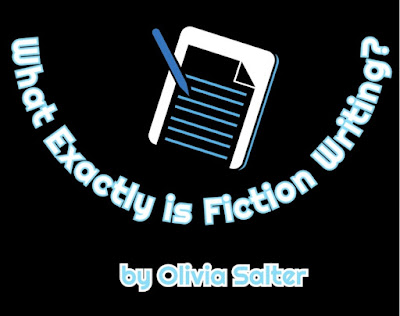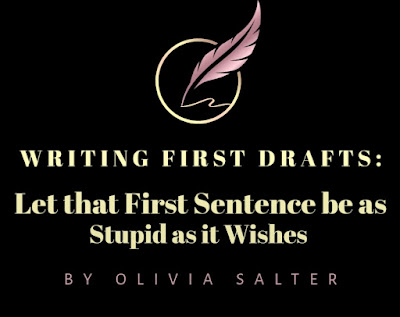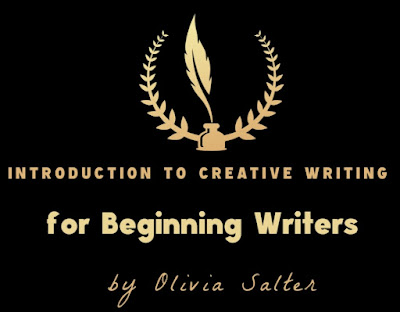Exploring the Spine-Chilling World of Horror Writing
by Olivia Salter
Whether it's the unsettling creaking of a door, the blood-curdling scream of a victim, or the bone-chilling presence of the unknown, horror writing has a unique ability to captivate and terrify readers. Crafting a successful horror story requires a delicate balance of suspense, tension, and supernatural elements. In this article, we will delve into the ins and outs of writing in the horror genre, providing guidance on creating memorable characters, building suspense, and eliciting fear from your readers.
1. Creating Memorable Characters:
One of the vital elements of horror writing is crafting compelling characters that readers can connect with. While focusing on the macabre and the terrifying, it's important to develop fully realized characters whose motives, fears, and vulnerabilities are relatable. Establishing a strong emotional connection between the reader and the characters will intensify the horror experience and make the scares more impactful.
2. Setting the Stage:
Choosing the right setting is crucial for a horror story. It creates the atmosphere and provides the backdrop for the terror to unfold. Classic horror settings such as haunted houses, isolated cabins, or mist-covered graveyards have stood the test of time for good reason. The environment should already feel eerie, foreboding, or unknown, enhancing the tension and fear in the story.
3. Building Suspense:
Suspense is the lifeblood of horror writing, keeping readers on the edge of their seats and eagerly turning pages in anticipation of what lurks around the corner. Create suspense by utilizing various literary devices, such as foreshadowing cliffhangers and pacing. Gradually reveal information hinting at the horrors to come and allow the tension to build, slowly increasing the readers' sense of unease.
4. Monsters and Creatures:
Monsters and creatures are a staple of horror writing, spawning nightmares and thrilling readers for generations. Whether it is a supernatural entity, a psychopathic killer, or a monstrous beast, a well-crafted antagonist can be the driving force behind the horror in your story. Ensure that your villain is memorable, deeply menacing, and possesses a unique twist that sets them apart from the ordinary.
5. Exploiting Fears:
To fully immerse readers in the horrors of your story, pinpoint and exploit common fears. Fear of the dark, claustrophobia, and fear of the unknown are all primal instincts that can deeply resonate with readers. By tapping into these fears, you can intensify the terror and engross your audience on a visceral level.
6. Psychological Depth:
Horror writing isn't just about external frights; it can also delve into the human psyche and explore deeper psychological elements. Touching on themes such as madness, isolation, guilt, or the fragility of the human mind can add layers of complexity and elevate your story beyond mere jump scares.
In conclusion, writing horror requires a careful blend of psychological suspense, compelling characters, and a well-crafted atmosphere. By creating relatable characters, setting the stage with a chilling backdrop, building suspense, and exploiting common fears, you can create a truly unforgettable horror experience for your readers. So embrace the darkness, let your imagination run wild, and immerse yourself in the spine-chilling world of horror writing.
Also see:









